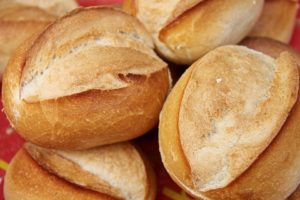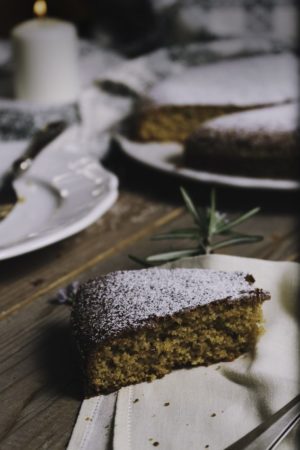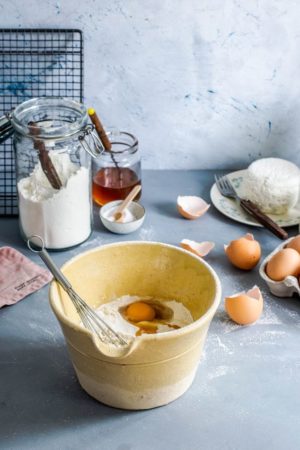Contents
Baking is an essential skill. It doesn’t matter whether you are a rookie baker or whether you bake from time to time. Even if you are not thinking of baking professionally or for some sort of restaurant that you are dreaming of, it’s still a good idea to learn at least the very basics of baking.
You don’t know when you would need to come up with a hot sticky and sweet delicacy. Baking is all about culinary science.

Once you get the basics down, chances are you will be able to get the results that you are looking for. It all boils down to your equipment as well as your settings and of course the methods that you use. Now here are some basic baking methods that should get you started.
Here’s a video explaining some basic terminology so you don’t get lost while reading the articles:
Creaming
This method has many different names. Some people call it the sugar or meth shortening. It uses shortening fat or lard mixed with sugar. This is blended roughly at first and then after you’ve mixed them for quite a bit, you create a nice thick cream.
This cream is created by the small air pockets that are slowly added to the blended mix to make it nice and fluffy. Creaming is quite common for a lot of sticky buns and other baked delicacies that need cream on top.
Hot milk
Hot milk is used when like some sort of liquid and butter is boiled jointly before introducing flour. A lot of old school baking recipes like hot baked pudding and cupcakes require this method.
 Rubbing in
Rubbing in
This method applies to flour that has margarine, lard, butter or some other fat source rubbed into. This involves the hard version of this fat source that is slowly mixed into the flour by using knives.
This kind of abrupt addition, using a food processor pastry cutter or some sort of sharp equipment produces a certain texture that does well with certain recipes.
All in one method
When baking using an all in one technique, you essentially just dump all your ingredients in no order in a bowl, and just have at it. That’s it. It’s straightforward.
Most people can figure this out. It’s no surprise that the all in one baking method is the most preferred by people who are a newbie or amateur bakers.
This is, after all the easiest to start with. But keep in mind that just because it’s easy to start with this doesn’t necessarily mean that it’s easy to master. It all boils down to paying close attention to how you handle the mixture, so you can get the outcome that you desire.
Blind bake
Blind baking involves using some sort of pastry crust or pie crust without filling it in. Usually, pastry chefs and bakers would prepare the crust, fill it and then bake the whole thing.
This skips a step. You bake the crust first, then you fill it in, and either you bake it again, or just add the filling right before you serve the baked dish.
In addition to the baking methods described above, there are certain baking techniques that you might need to be mindful of that would help you step up your baking game. The more of these techniques you master and fine-tune, the better your finished product would be.
Whether we’re talking about better texture, or improved consistency or superior flavor, you’re going to end up with a better result.
Sieving
If you’re just starting with baking, it’s very tempting to think that you can just use the flour that you get straight from the grocery store. After all, it’s been processed. It looks fine enough so it’s very tempting to just dump the flour from the container into the bowl that you’re using to bake.
The problem with this is that during transportation as well as storage, things tend to settle. There will be some lumps or some concentrated blocky pieces in the flour.
This is unavoidable. If you go through the extra step of sieving your materials, it will be smooth and granular enough to produce a much smoother flour.
Folding
When you combine different degrees without abruptly dumping them and constantly mixing them in a gentle way, you will be able to come up with a more consistent and evenly flavored combination.
This is much better than abrupt agitation of the mixture which might lead to some chunks and bits and pieces of pure ingredients or pure flavors that may be unwelcome in your final product.
 Egg separation
Egg separation
It may seem minor and trivial, but if you were able to separate eggs with a certain degree of expertise, you’re doing yourself a big favor. Eggs, after all, is part of quite a bit of flavor to any kind of baked dish.
The problem is a lot of amateur bakers simply just dump the eggs and they don’t bother to separate them. It’s no surprise that the quality of the baked goods that they come up with is rather inconsistent at best.
So, by going through the extra step of just separating eggs and putting in the time, effort, and attention to detail to do this right, you can produce a smoother final product.
 Rubbing in
Rubbing in Egg separation
Egg separation